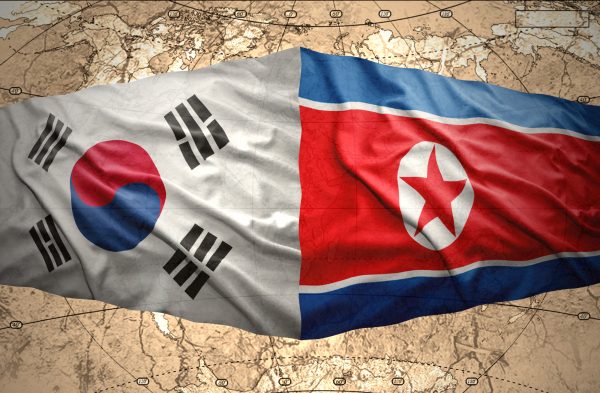
South Korea called North Korea “our enemy” in its biennial defense document published Thursday, reviving the label for its rival for the first time in six years, as tensions worsen between the two countries.
North Korea conducted an unprecedented number of missile tests in 2022, including simulated nuclear attacks on South Korea. In response, South Korea’s conservative government led by President Yoon Suk-yeol has been seeking a stronger U.S. security commitment and boosting its own military capabilities.
Descriptions of North Korea in past South Korean defense white papers reflect the changing rocky ties between the two Koreas. Past South Korean documents called North Korea the “main enemy,” “present enemy,” or “enemy” in times of animosity. But they avoided such references when relations were improved.
North Korea “doesn’t give up its nukes and is persistently posing military threats to us, so the North Korean government and military … is our enemy,” the 2022 South Korean defense white paper issued Thursday said.
The document noted that in December, North Korean leader Kim Jong Un called South Korea “our undoubted enemy” in a speech at a key ruling party meeting. It also cited the passage of a new North Korean law authorizing pre-emptive use of nuclear weapons in a broad range of scenarios.
The document said the North Korean nuclear program and provocations “are seriously threatening our security.” It said the main objectives of South Korean defense policies include bracing for threats and a potential invasion by North Korea, deterring a war on the Korean Peninsula, and contributing to a peaceful future Korean reunification.
North Korea didn’t immediately respond to the revived use of enemy terminology in the South Korean defense paper, though it has lashed out at past such labels, calling them provocations that demonstrated South Korean hostility.
South Korea first called North Korea its “main enemy” in 1995, a year after North Korea threatened to turn Seoul into “sea of fire” — rhetoric the North has since repeatedly used when confrontations flared with the South.
During a previous era of inter-Korean detente in the 2000s, South Korea stopped using the enemy terminology, but revived it after 50 South Koreans were killed in attacks blamed on North Korea in 2010 — 46 in the torpedoing of a navy ship and four in the shelling of a border island.
South Korea again avoided using enemy labels when it was governed by Yoon’s liberal predecessor Moon Jae-in, who espoused greater reconciliation with North Korea. Defense documents published during Moon’s 2017-2022 rule didn’t mention North Korea by name when they said South Korea’s military “considers any force that threatens and violates the sovereignty, territory, people, and properties of the Republic of Korea as an enemy.”
The latest defense paper refers to Kim Jong Un by name without any of his titles, while previous papers issued under Moon’s government used both his name and titles — “Chairman Kim Jong Un” or “State Affairs Commission Chairman Kim Jong Un.”
Yoon, who took office in May last year, has vowed a stern response to North Korean provocations. During his election campaign, Yoon wrote on Facebook that “the main enemy is North Korea” after it conducted a series of missile tests.
South Korea Defense Report Revives ‘Enemy’ Label for North
Source: Frappler

0 Comments